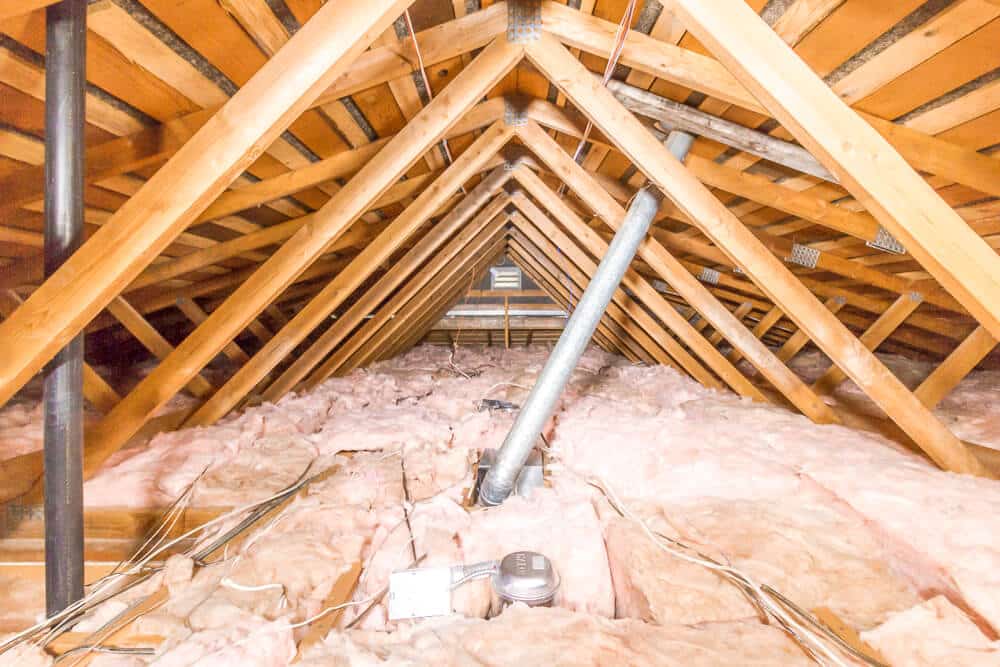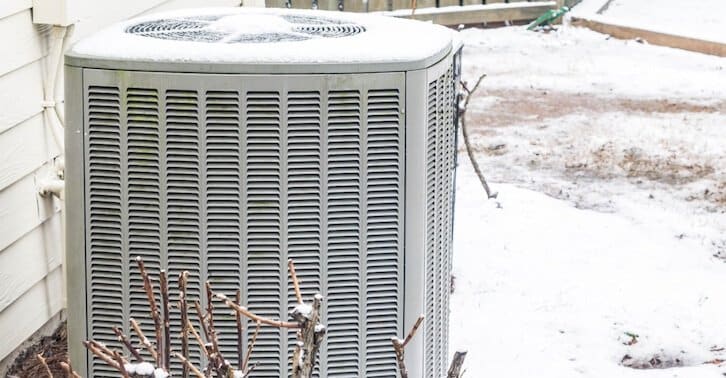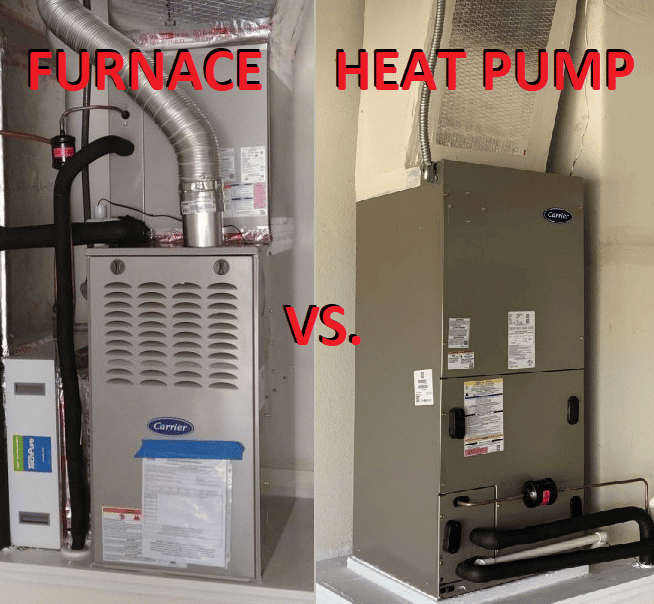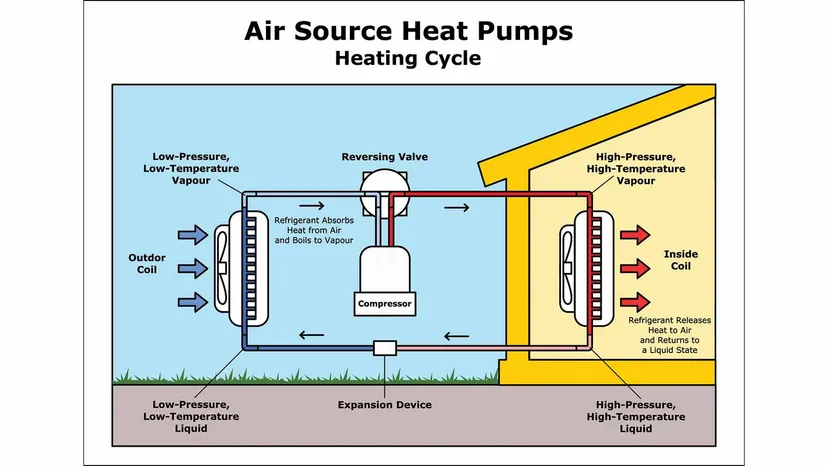Balanced Comfort Blog

Why Schedule an Annual Attic Inspection?
Inspecting your attic is often neglected by home owners, yet it is recommended that this be done on a yearly basis. In particular, these inspections should be scheduled for the Spring, since any repairs that may need to be done can be finished during the warm Summer months and will be completed before Winter rolls…

Will Heat Pumps Work in Freezing Temperatures?
There are a lot of myths out there about heat pumps. One of the biggest myths we hear constantly is that heat pumps will stop working if the temperatures drop below freezing outdoors. If you have been questioning if your heat pump will hold up in the winter, the answer is yes; however, for efficient…

Heat Pumps vs. Gas Furnaces
Heat pumps and gas furnaces are both great options for heating and cooling your home; however, they work in completely different ways. One may be more efficient than another when it comes to temperature control in your home. If you are looking to upgrade or replace your HVAC system, you should know the differences to…

What are Heat Pumps?
What are Heat Pumps? Heat pumps are the most essential component of your heating and cooling system and yet many homeowners have no idea what they are or how they work. Even though most of your HVAC system may be, out of sight out of mind, maintenance on the entire system is vital, but most…

What is an Inverter Heat Pump?
Installing a heat pump is a wonderful choice for homeowners who are looking for environmentally friendly options to heat and cool their homes. Heat pumps do not use gas fossil fuels and are renewable sources of energy production which make pumps very attractive to eco-conscious homeowners. However, there is a lot to know about the…

The importance of mechanical engineering in HVAC
Mechanical engineers are involved in the design, testing and operation of many products you use every day, including the Heating, Ventilating and Air Conditioning systems in your home, car, office or hotel, all places where a comfortable, productive environment must be created. Because HVAC is the main force to create a great indoor (and even outdoor)…

How To Size Ductwork For Residential Projects
Ductwork is the tubing that is connected to the HVAC system which is used to funnel air throughout the building. It is important to size your ducts accurately since ductwork too small will make your HVAC system overwork, and ductwork too large will lessen the speed of airflow. Finding the right ductwork size, however, is not the…

Title 24 Cost Calculation
Title 24 Cost Calculation Putting the final stamp on a build and handing over the keys can be the culmination of years of work. From the architect planning stage; designing the mechanical, electrical, and plumbing; to coordinating with a general contractor and permits, each project presents its own unique challenges and opportunities for growth –…

What is NICET?
Engineer technicians who are looking to gain a certificate in particular engineering technologies will have to gain that certificate from a recognized organization. NICET – the National Institute for Certification in Engineering Technologies – is a well-respected organization which grants various engineering certificates. NICET was established in 1961 and has been at the forefront of…

Why are Heat Load Calculations for Restaurants Important?
In most cases, the highest cost for the maintenance of a restaurant will be in the heating and cooling. You may not have considered it, but due to their complex designs and high energy consumption, restaurants require a very delicate, custom designed HVAC system to maximize energy efficiency. Now, in order to design the HVAC system properly,…
